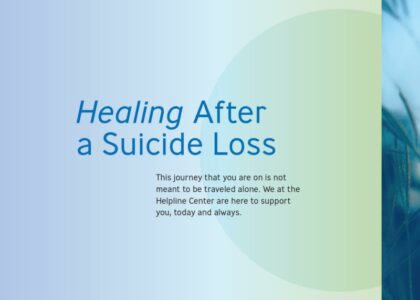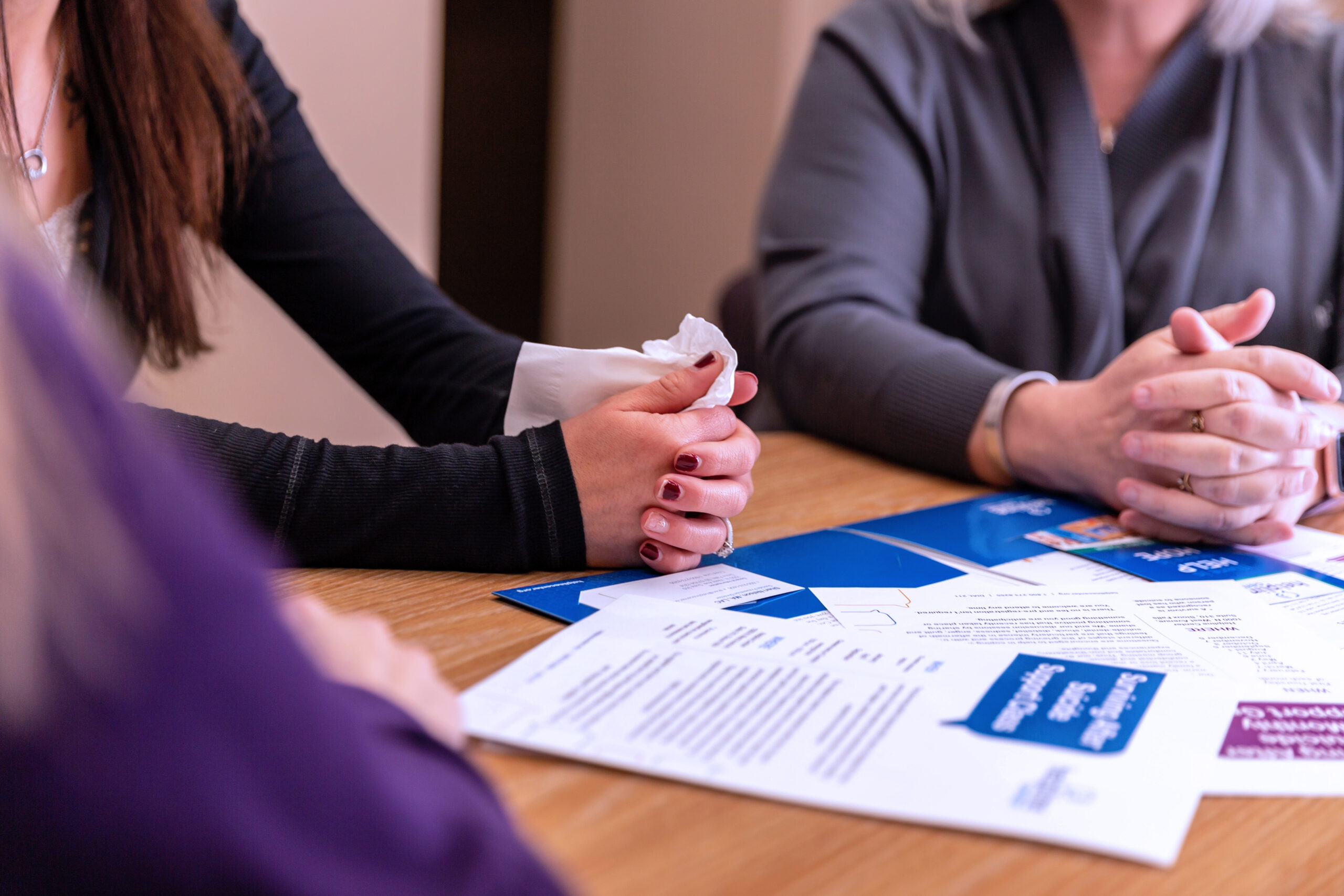
The Helpline Center has a Survivor Resource Library filled with books about grief and suicide grief. These are available due to a generous donation from a survivor. There are books for children, adolescents, and adults. You may select up to three books you would like us to send to you at no charge. Click on the Resource Library link below to explore all of the books.
Ordering sheet: Resource Library
For questions, please reach out to griefsupport@helplinecenter.org.
Contact Us


